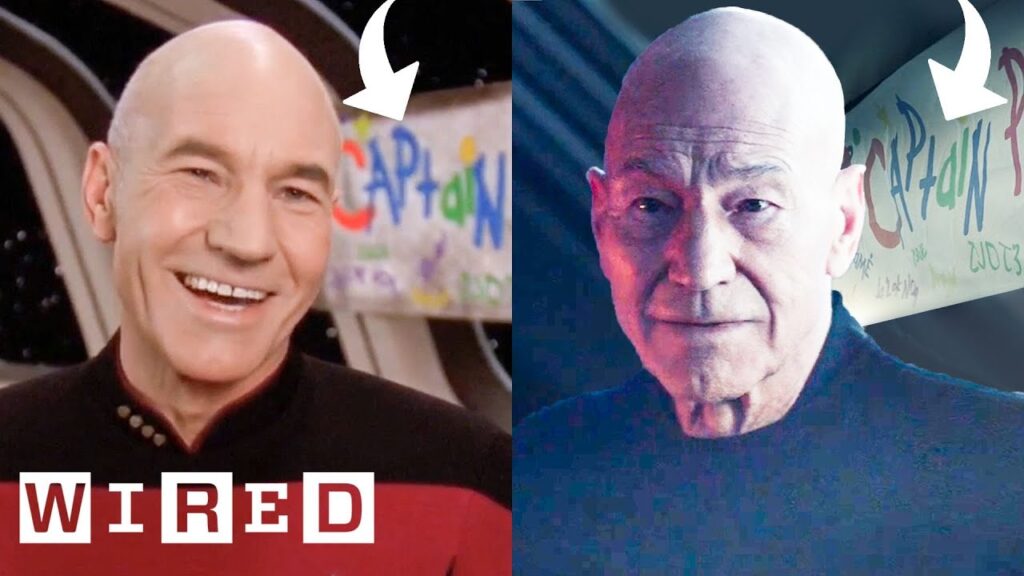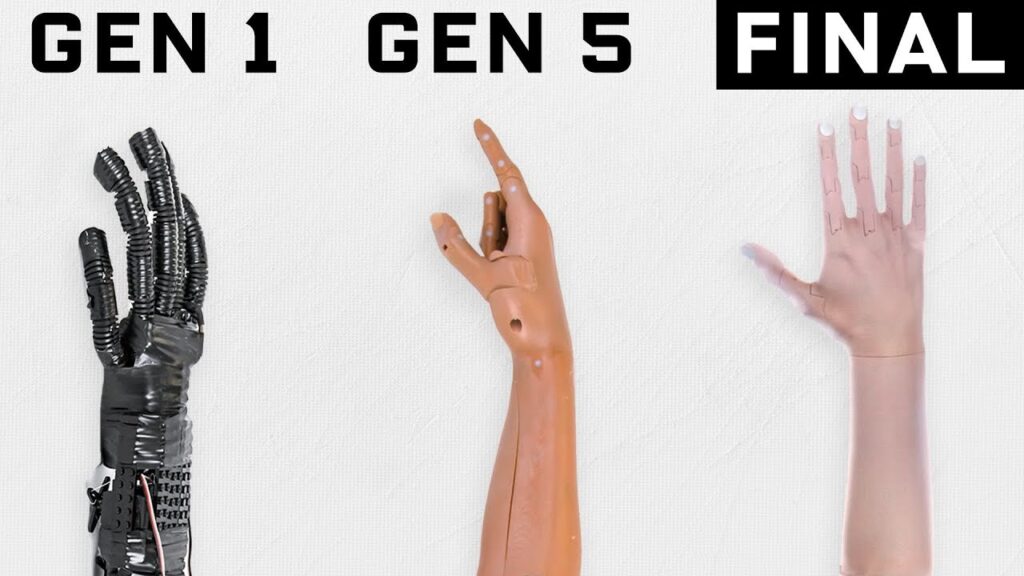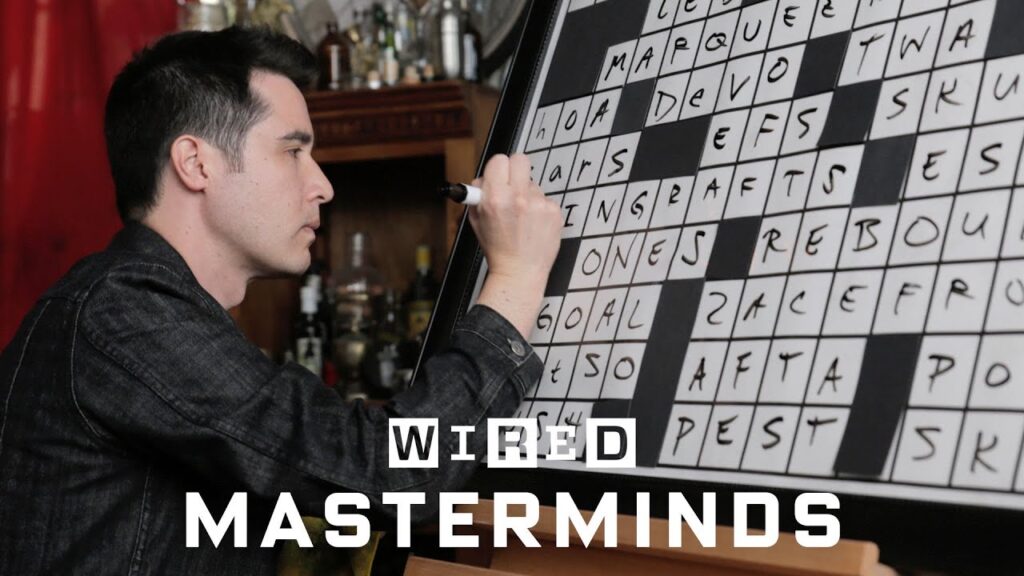Answering Your Magic: The Gathering Gameplay Questions
Summary
Matt Taba, an editor and game designer at Wizards of the Coast, answers questions related to the game Magic: The Gathering. He explains the use of creatures’ power and toughness stats in the combat system, card nicknames, and the role of mana. The article also discusses various card strategies, including Mono-Red cards and Faith’s Fetters.
Table of Contents
- Why Do People Hate Mono White in Magic?
- How Do Creatures Work in Combat and Spells Resolving?
- Why Do Cards Have Nicknames?
- What is Mono-Red and How Does Mana Work in the Game?
- Various Card Strategies: Code of Arms, Faith’s Fetters, Blazing Archon and More
- Bonus: Using Magic Cards as Metaphors for Life
Introduction
Whether you are a long-time fan or a newcomer to Magic: The Gathering, you will probably have many questions about gameplay mechanics and strategies. In this article, we will answer some frequently asked questions to clarify some of the more intricate details of the game. Our expert, Matt Taba, will provide detailed and informative answers to help you better understand the game and optimize your gameplay experience.
Q&A
Why Do People Hate Mono White in Magic?
One listener asks: “Why do people hate Mono White in Magic?”
Matt Taba answers that there are many viable strategies in Magic: The Gathering, and everyone has their favorites and least favorites. Mono White is considered one of the more defensive play styles, which some players may find frustrating to play against. However, Taba notes that since there are many ways to counter the Mono White approach, players should focus on improving their abilities rather than getting frustrated against this play style alone.
How Do Creatures Work in Combat and Spells Resolving?
Another listener asks through a haiku: “Seven layers deep, Why must state-based actions be, Nice rules complexity.”
Matt Taba explains that when creatures battle, each creature deals damage to the other at the same time. Creatures have two important stats: power and toughness. When a creature’s toughness is equal to or less than the damage it receives, the creature is destroyed. Regarding spell resolution, Taba notes that the game uses the “stack” system, which follows a sequence of spells casting and resolving that players cast spells in. After a spell has been cast and put on the stack, each player then gets the opportunity to respond with their spells.
Taba also mentions the role of what he calls “state-based action,” a technical aspect of the game that ensures that certain elements are carried out before players move on to the next phase. This ensures that the game elements progress orderly, and resolves potential contradictions.
Why Do Cards Have Nicknames?
A listener asks why cards have nicknames.
Matt Taba answers that nicknames come about for many reasons, whether for convenience, simplicity or hilarity. Cards such as “Red Deck Wins” or “Counterspell,” officially have other, lengthier names – but the nicknames catch on and stick around. Taba provides a list of examples, including “Kitchen Finks,” “Siege Rhino,” and “Snapcaster Mage.” Some of these got their nicknames because they become popular in certain formats or because of their recurring use in key gameplay moments.
What is Mono-Red, and How Does Mana Work in the Game?
Another listener asks about Mono-Red creature cards, and questions how mana works in the game.
Matt Taba explains that Mono-Red refers to the strategy of using only red cards – typically burning your opponent with direct damage, or attacking them relentlessly with fast-moving creatures that have low mana costs. As for mana, it is the energy needed to power spells and summon creatures in the game. Mana is generated when a player plays “lands” cards, which provide mana energy. Players can cast cards that require a specific amount of mana to use – and the colors of the land cards played are often key to the card’s effectiveness. Some red creatures can get stronger if the player has “snow-covered mountains,” lands with snow in the artwork.
Various Card Strategies: Code of Arms, Faith’s Fetters, Blazing Archon and More
One listener asks about specific card strategies, including Code of Arms and Faith’s Fetters, and whether Blazing Archon can target planeswalkers.
Matt Taba delves into some of the game’s more advanced card abilities. He notes that cards like Blazing Archon cannot directly attack a player but can target their planeswalkers, meaning that players can only use the planeswalker ability on the affected card. Code of Arms works so that every creature gets +1/+1 for each other creature that shares a creature type with it. It’s useful to combine creatures with similar creature types to maximize each creature’s strength. Faith’s Fetter is an aura that can be attached to any permanent, stopping creatures from attacking or using abilities. Taba notes that a player can put two Faith’s Fetters on any permanent and then use a card to move them onto other permanents. This creates a defensive combination.
Furthermore, Taba notes that during combat, a creature that hasn’t been under the player’s control since the beginning of their turn cannot attack or tap for its abilities. He also mentions the Mulligan system, which allows players to mulligan their starting hand if they’re not happy with their cards. The downside being that they’ll lose one more card each time they mulligan.
Bonus: Using Magic Cards as Metaphors for Life
Before answering the last question, Matt Taba takes a creative angle and reflects on the use of Faith’s Fetters in a larger metaphorical context. Taba suggests how we all choose safety and security in our own lives, like attaching two Faith’s Fetters on any permanent for protection. As players move beyond the safety of the Fetters and take risks, such as removing them to push forward in the game, players also take the risk of stepping outside their safety zone and embracing a new level of growth in their lives.
Conclusion
Magic: The Gathering is a nuanced game with many paths and strategies for players to explore. In this article, we tackled some frequently asked questions related to creature combat, spell resolution, card nicknames, Mono-Red cards, and various gameplay elements. Our expert, Matt Taba, provided detailed and informative answers so that players can better understand the game and optimize their play. With a little bit of practice, dedicated players will discover the depth and rewards of this game’s many strategies. Remember, the world of Magic awaits!






